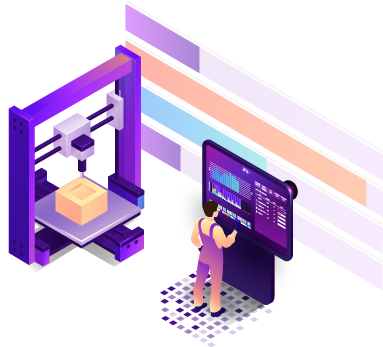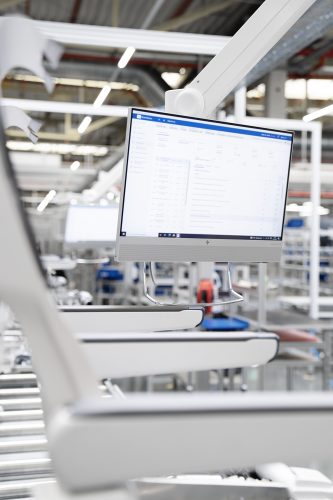Aviation & Areospace Manufacturing Software
Trace and trace all components and create the entire paperless shop floor
Significance of production software in the aviation and aerospace manufacturing sector
In today’s world, the aviation and aerospace sectors are evolving at an unprecedented rate. The significance of production software in this domain cannot be understated. It’s not just about producing products; it’s about producing them to the highest quality standards. With the aviation and aerospace industry being so closely scrutinized, precision, reliability, and real-time monitoring become paramount. Whether adhering to stringent government regulations or meeting commercial standards, the right manufacturing software makes all the difference.
Key Functions of Aviation & Aerospace Manufacturing Software

Paperless Environment
Eliminate the clutter, errors, and inefficiencies associated with paper. Digitalise your shop floor with real-time updates and information at your fingertips.

Work Instructions (Version Control)
Ensure consistency and accuracy with digital work instructions. Maintain version control to ensure that the latest, most accurate instructions are always used.

Stock Parts Management
Optimize inventory, reduce waste, and ensure parts are always available when needed.

OEE (Overall Equipment Effectiveness)
Track and analyze the efficiency of your equipment, making informed decisions to improve production.

Quality Assurance and Compliance Tracking
Ensure all products meet the necessary quality standards and easily adhere to compliance regulations with integrated tracking and reporting tools.
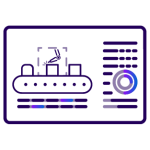
Production execution
Optimized production workflow enabled by planned sequencing. Use RFID cards for system access, with displays showing key performance indicators and real-time production status. Choose between manual and automatic reporting integrated with machine states.

Defect handling
A streamlined system for pinpointing and reporting defects, either manually or automatically. It offers the flexibility to record defects or scrap items and includes detailed reporting for component-specific issues.

Dashboard & Reports
A comprehensive tool offering in-depth production, machinery, and quality reports. The real-time dashboard provides immediate insights into ongoing operations, complemented by versatile data analytics features.
Benefits of Implementing Manufacturing Software for Aviation and Areospace

Increase Transparency
Have a clear view of your entire production process, identifying bottlenecks and areas of improvement.

Reliability
Ensure consistent production quality and adherence to standards.

Precision
Eliminate human errors and produce to exact specifications every time.
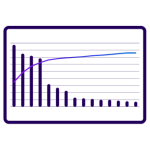
Less Defects
Improve quality control measures, reducing costly defects and rework.
OEE Control
Constantly monitor and improve your equipment’s efficiency.
Achieve Outstanding Results with Production Software for Aviation and Areospace
Key Features to Look for
Choosing the right manufacturing software for aviation and areospace industries hinges on understanding its features and how they align with your needs. The aviation and aerospace sectors demand a unique blend of precision, reliability, and efficiency. To ensure you select a system that meets these rigorous standards, it's crucial to know the key features that enhance operational excellence. Here are some of the essential functionalities to consider:
- Machine Connectivity: Integrate seamlessly with machinery for real-time data and control.
- Validation: Ensure all processes are validated, reducing errors.
- Workflow Management: Streamline production processes with efficient workflows.
- Integration with Existing Systems: Whether it’s CMMS, APS, ERP, or others, ensure your software integrates perfectly.
- User-friendly Interface: An intuitive interface ensures quick onboarding and ease of use.
- Scalability: As your operations grow, your software should too.
- Security Features: Protect your data and operations from external threats.
- Real-time Monitoring and Analytics: Make informed decisions with up-to-date data and insights.
Future Trends in Aerospace Manufacturing Software
As the aerospace industry continues its rapid evolution, so too does the technology that supports it. To remain competitive, manufacturers must anticipate and adapt to these changes. By understanding the upcoming trends in manufacturing software, businesses can position themselves at the forefront of innovation, ensuring they’re prepared for the challenges and opportunities the future holds. Let’s explore some of the trends that are set to redefine the industry:
- Predictive Maintenance: Use data to predict and prevent equipment failures before they happen.
- AI and Machine Learning Capabilities: Automate complex processes and gain insights from data like never before.
- Augmented Reality in Aerospace Manufacturing: Enhance production with AR tools, improving accuracy and speed.
- Cloud-based Solutions: Access your operations from anywhere, ensuring constant oversight and flexibility.
Case Studies: Success Stories
How to eliminate paper during aircraft seats assembly? A case study in RECARO
RECARO Aircraft Seating, based in Schwaebisch Hall, Germany, specializes in aircraft assembly. Strict regulations govern their assembly process, necessitating the storage of thousands of pages of documentation. To streamline this, RECARO introduced the ANT paperless system. This digital solution manages the factory without physical documents, providing digital access to technical drawings and other necessary documents for aircraft seat installation. Benefits of the ANT system include quick data access, efficient report storage, enhanced internal communication, digitized assembly reports, improved data quality through automation, and increased transparency and safety by tracking order responsibilities.
How to Choose the Right Software for Your Aviation and Areospace Company?

Understand Your Needs:
- Identify specific business needs and challenges.
- Evaluate the scale and complexity of your operations.

Features and Functionality:
- List down the features and functionalities essential for your operations.
- Ensure that the software can be customized to fit your specific needs.

Budget:
- Consider the initial implementation and ongoing maintenance costs.
- Evaluate the return on investment.

Vendor Reputation:
- Research the vendor’s reputation and track record.
- Consider testimonials and reviews from other users.

Security and Support:
- Ensure that the software adheres to industry-standard security protocols.
- Confirm that the vendor offers reliable support and maintenance services.
Products for Manufacturing Industries

MES System – Manufacturing Execution System – ANT Solutions
System MES – Manufacturing Execution System 0 % operating time increase 0 % defects quantity reduction 0 % material consumption reduction 0 % changeovers time
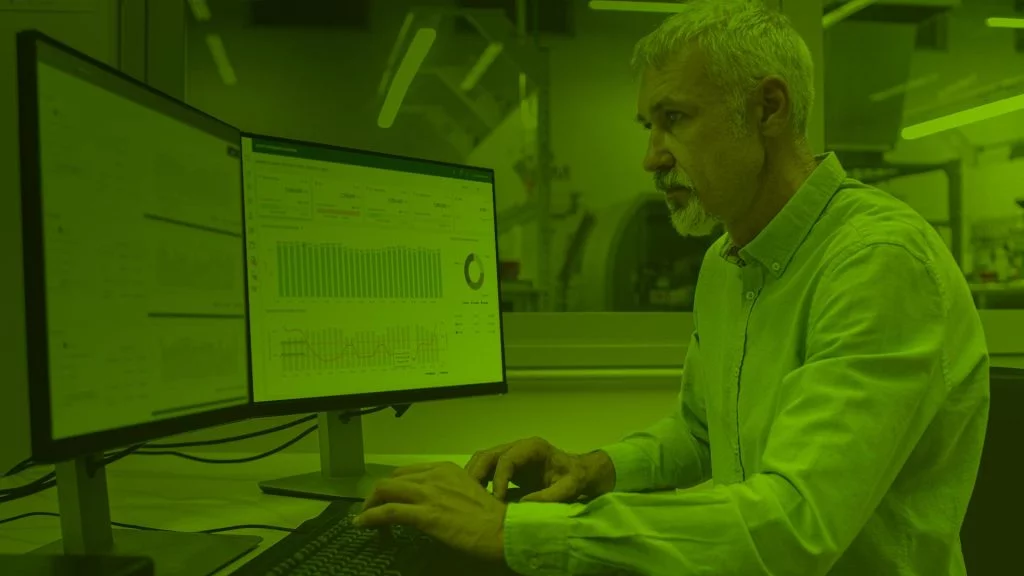
Energy Management System (EMS)
Energy Management System (EMS) Monitor utilities usage in real-time and reduce cost Schedule a Demo They Trusted Us: What is ANT EMS? ANT Energy Management
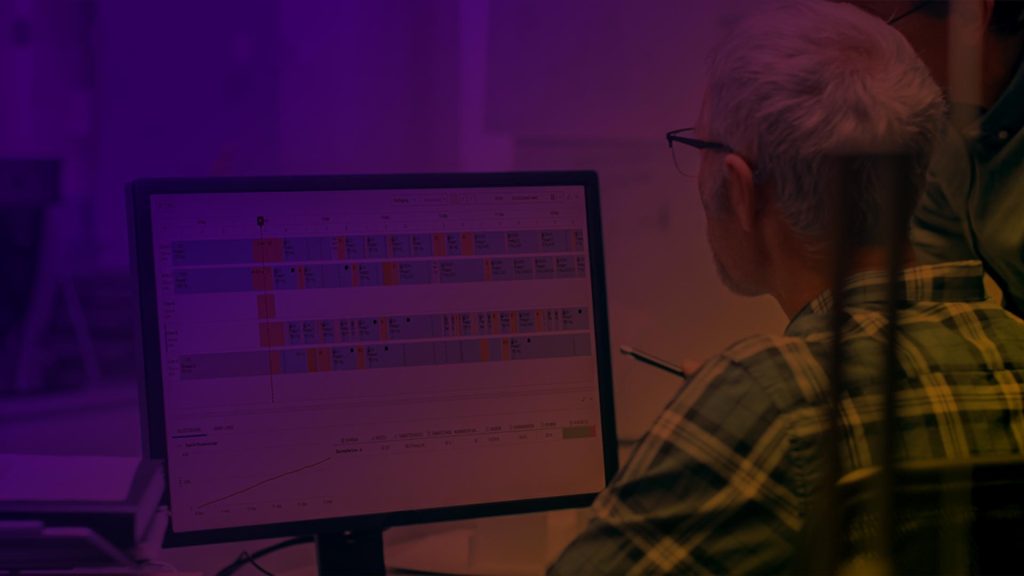
Advanced Planning and Scheduling (APS)
AdvancedPlanning & Scheduling (APS) Planning and scheduling production is made more accessible with ANT’s APS software. Maintain a constant production pace with the help of
System Presentation
Contact with our Expert

Why to get a demo?
- A 60-minute online meeting with a dedicated specialist presenting a top system from an industry similar to yours
- Live modeling of your production process
- A budget quotation after the meeting
Related Articles

Why do MES and IT projects often go over budget?
Making the decision to implement a manufacturing execution system is just the tip of the iceberg. The next stage is to refine the details of

How to manage production by using modern shopfloor WMS and Autonomous Mobile Robots? (VIDEO)
Modern factories must constantly develop and raise efficiency indicators to achieve and maintain a strong market position. One of the ways to do this is

Software for Industry 4.0
Software for Industry 4.0 Modern industries expect industry 4.0 solutions to meet actual market requirements and changes. ANT is facing with it thanks to modular

